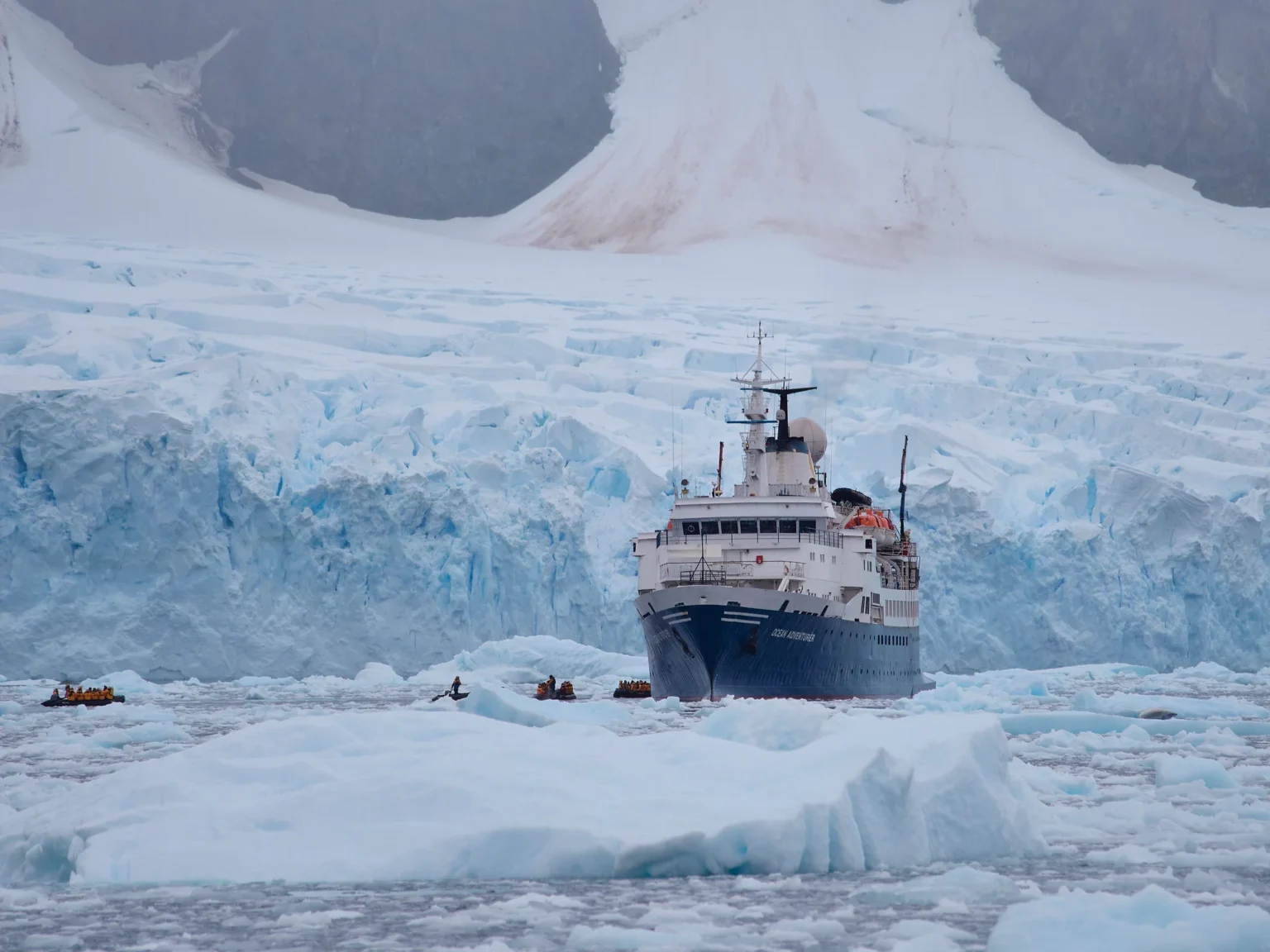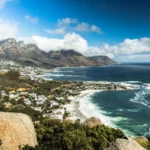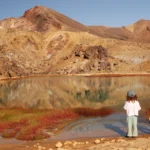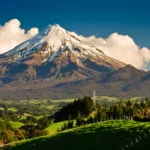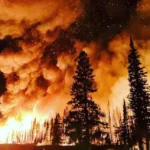Antarctica. The last great wilderness. A place where glaciers groan, penguins parade, and the midnight sun hovers on the horizon. For adventurous travelers, the frozen continent offers an unforgettable experience unlike anywhere else on Earth. But it’s not your average holiday—visiting Antarctica requires planning, resilience, and a healthy dose of awe.
This guide will walk you through what every first-time visitor should know: rare experiences, lesser-known landing sites, crucial travel tips, and how to make the most of this once-in-a-lifetime journey.
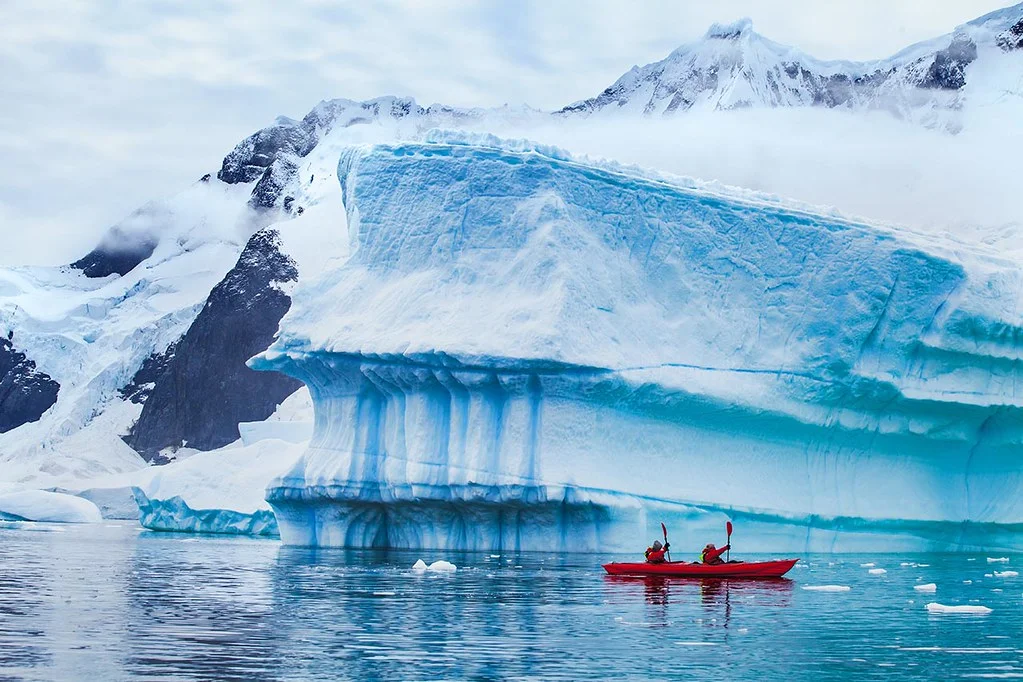
Why Visit Antarctica?
Because there’s nothing else like it. It’s one of the most untouched environments in the world, where nature reigns supreme. With no permanent human population, no cities, and no commercial industries, Antarctica is raw, wild, and beautifully isolated. Here, you can:
- Kayak between icebergs
- Walk among thousands of penguins
- Watch whales breach in icy waters
- Camp on the snow under the stars
- Hike ancient glaciers
How Do You Get to Antarctica?
There are two main ways to reach Antarctica:
1. Cruise from Ushuaia, Argentina
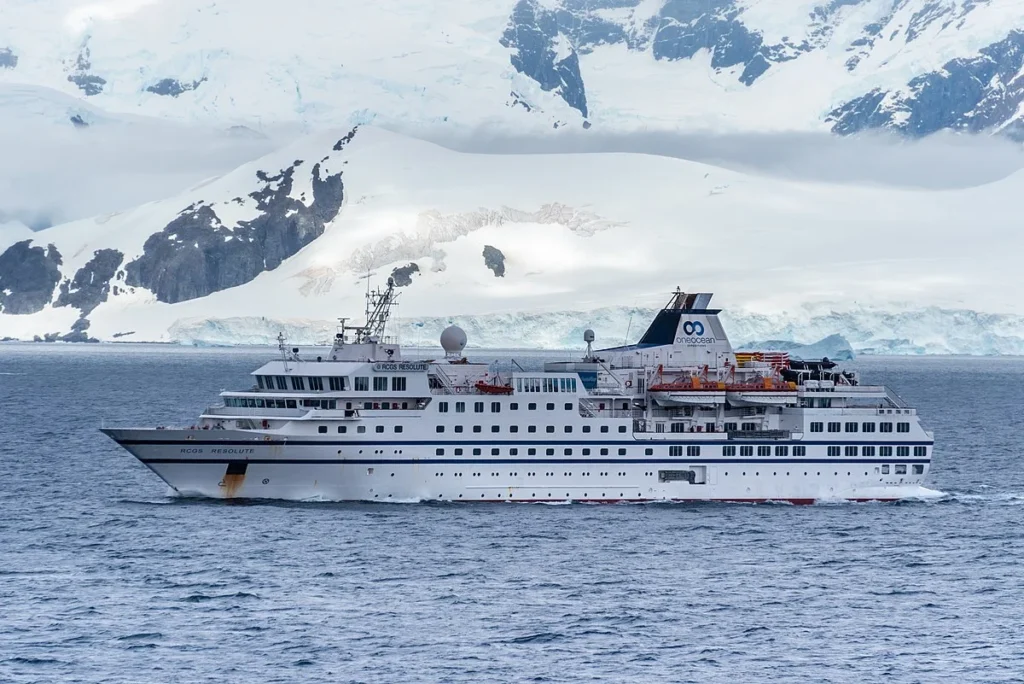
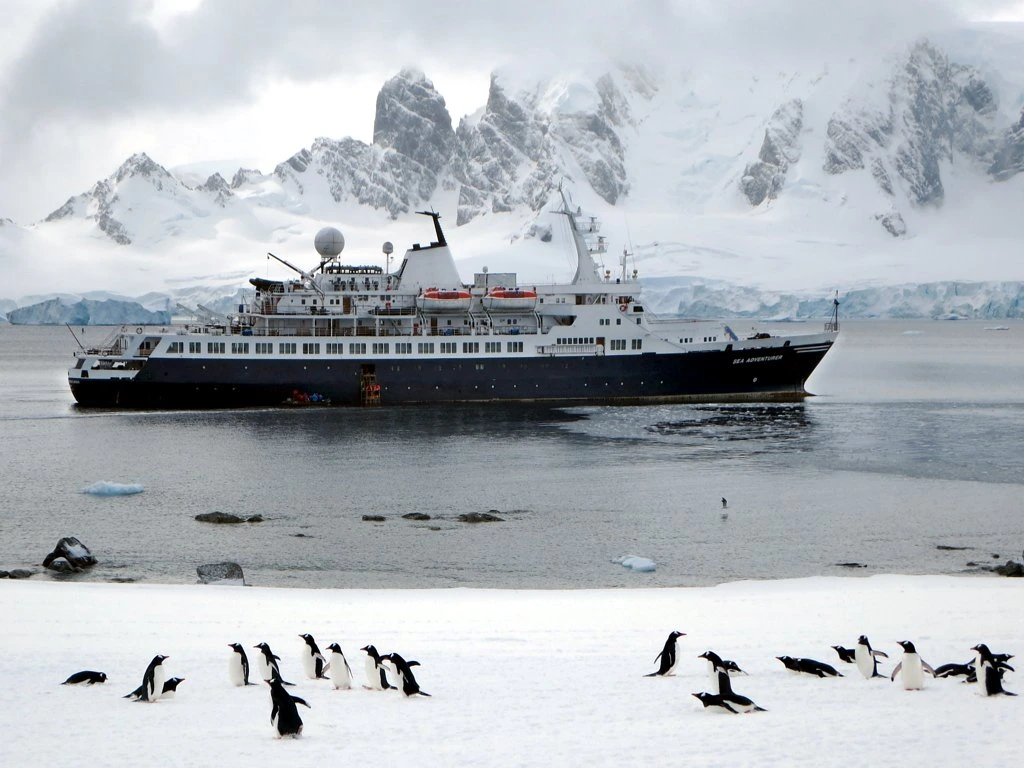
This is the most common route. Cruises from Ushuaia (the southernmost city in the world) take you across the Drake Passage to the Antarctic Peninsula.
- Duration: 10 to 20 days
- Best time: November to March
2. Fly-Cruise Options

Avoid the choppy Drake Passage by flying to King George Island and boarding your ship there.
- Ideal for those short on time or prone to seasickness
- More expensive, but quicker
Bonus Route: Expeditions from New Zealand or South Africa explore remote areas like the Ross Sea or East Antarctica, but these are longer and rarer.
What You Didn’t Know: Rare Facts & Hidden Spots
1. Deception Island
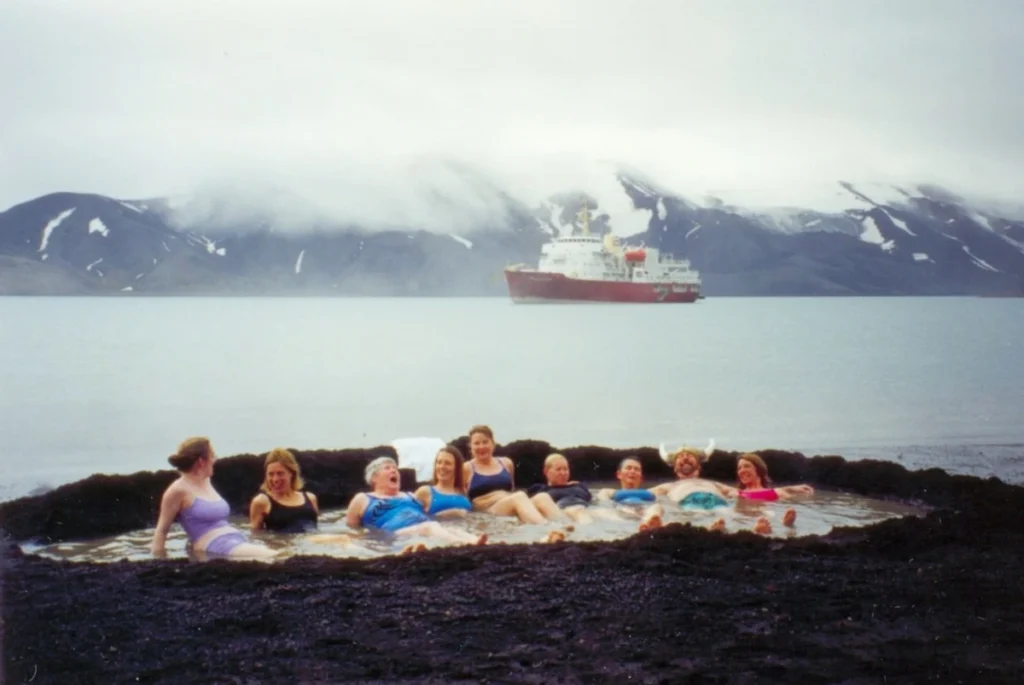
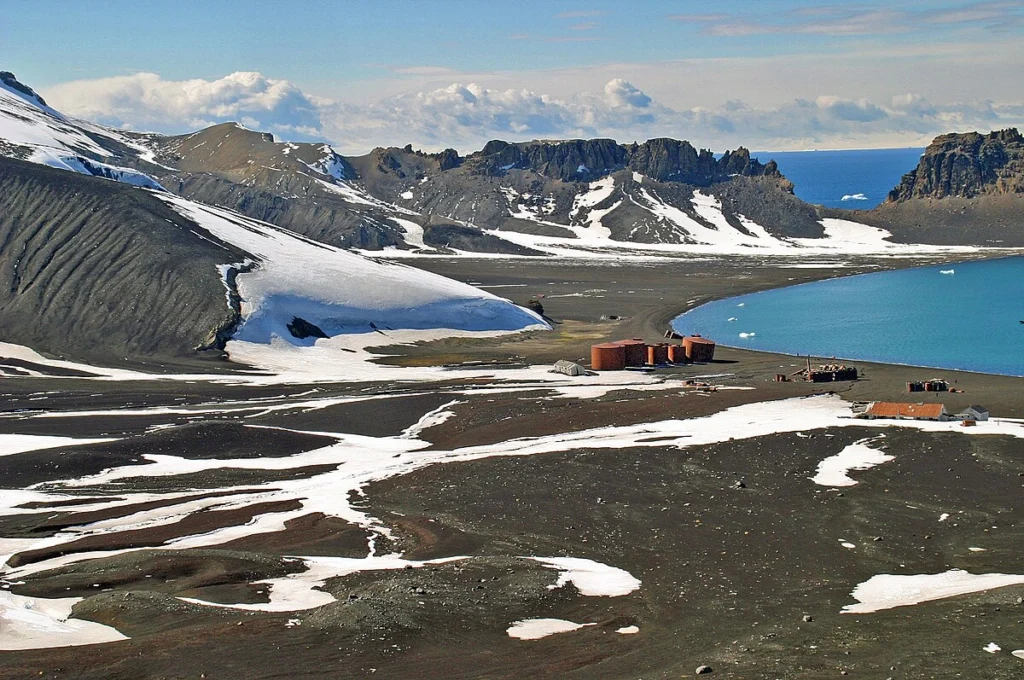
A volcanic caldera you can sail into! Here, you can bathe in geothermally warmed waters while surrounded by snow. It’s also one of the few places with an old whaling station you can explore.
2. Snow Hill Island (Weddell Sea)
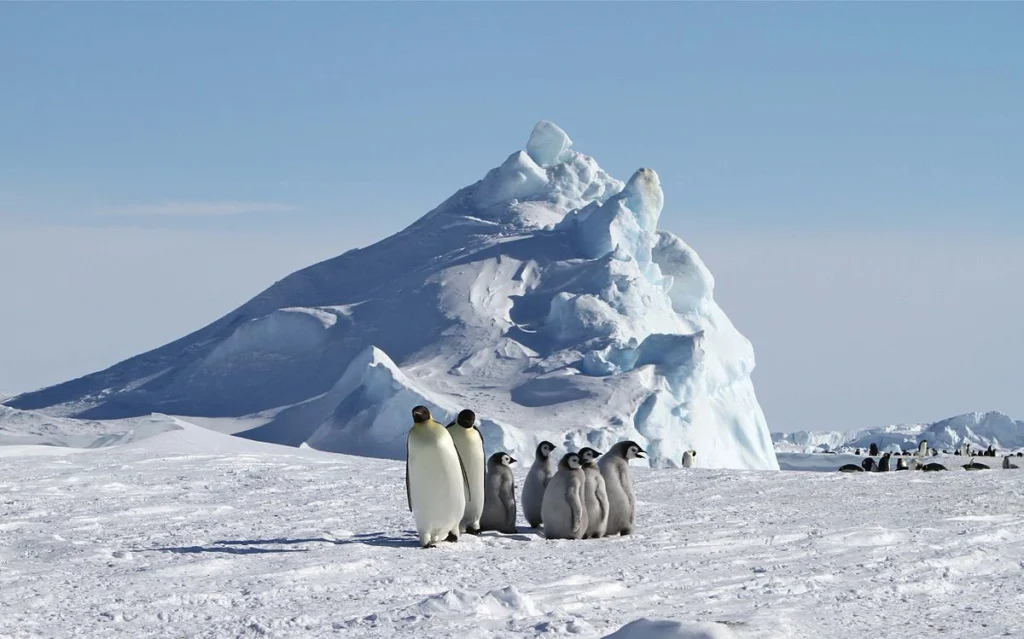
Home to one of the most remote emperor penguin colonies. Few tours make it here, but those that do offer the rare chance to see the tallest and most iconic penguins.
3. Mount Erebus
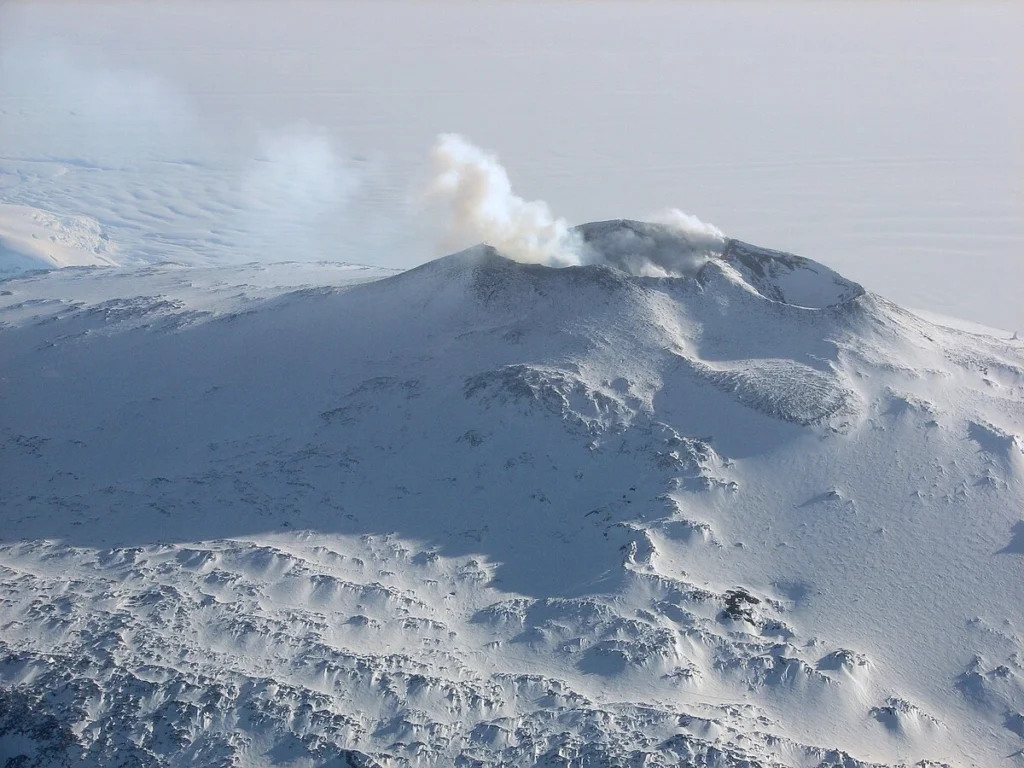
One of the southernmost active volcanoes on Earth. This is a destination for serious researchers and select expeditions, but its lava lake and fumaroles are otherworldly.
4. Ice Diving & Polar Plunges
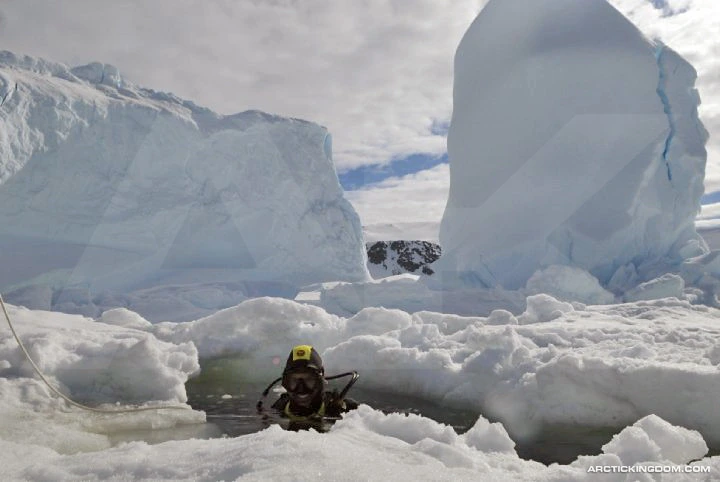
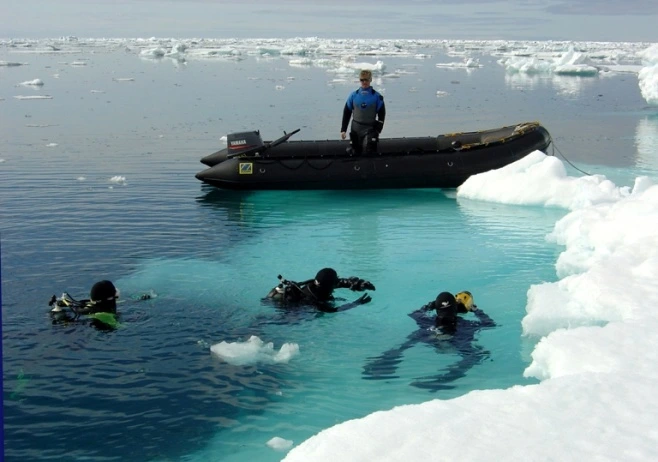
Yes, you can go scuba diving beneath Antarctic ice or do the infamous polar plunge. It’s icy, yes, but a rite of passage for thrill-seekers.
Travel Tips for First-Time Visitors
Pack Smart (and Layered)
- Base layers (thermal/wool)
- Waterproof outer gear (jacket + pants)
- Insulated gloves, socks, and boots
- Sunglasses and high-SPF sunscreen (sun reflects off the snow!)
Book Early
- Most Antarctica cruises sell out 6-12 months in advance.
- Booking early helps secure discounts and ideal cabins.
Respect the Wilderness
- Nothing should be left behind.
- Follow IAATO (International Association of Antarctica Tour Operators) guidelines.
Motion Sickness Pills
- Especially for the Drake Passage—it’s no joke.
Travel Insurance
- Most tours require comprehensive insurance, including medical evacuation.

How Much Does It Cost?
Budget Travelers (rare but possible)
- Fly-Cruise (shortest duration): $5,000–$7,000
- Shared cabins, fewer amenities
Mid-Range Cruises
- Standard 10-12 day expedition cruise: $8,000–$12,000
- Often includes zodiac landings, kayaking, lectures, meals
Luxury Expeditions
- Top-tier suites: $15,000+
- Includes fine dining, private balconies, expert guides, and longer itineraries
Lesser-Known Activities in Antarctica
Citizen Science Projects
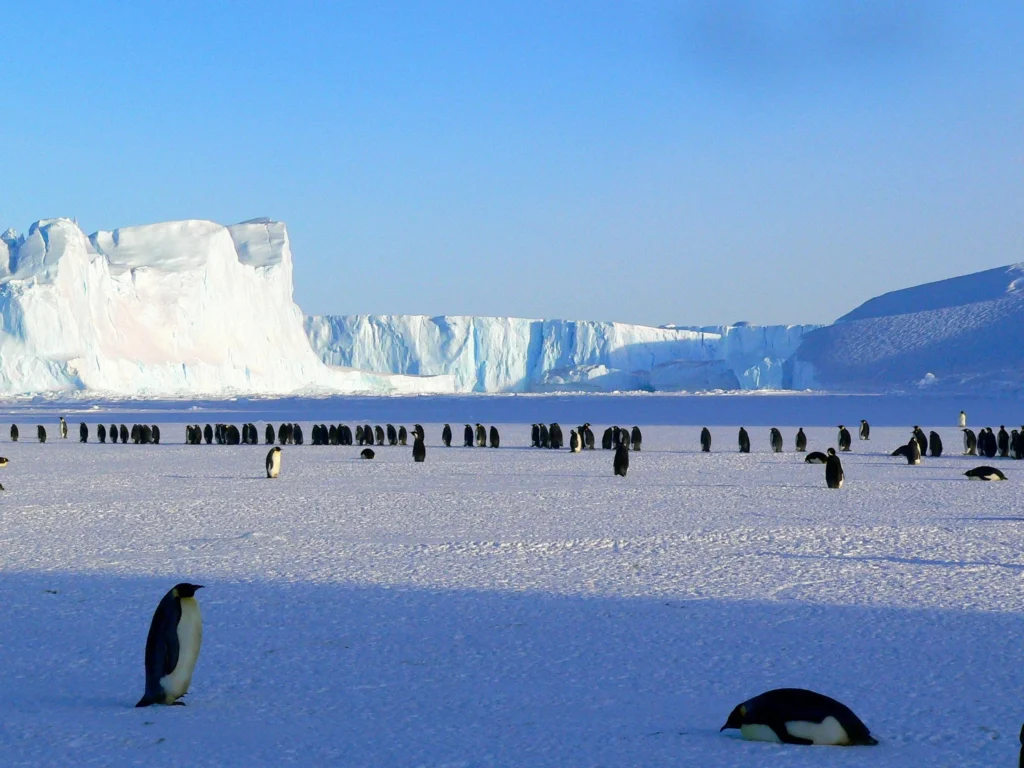
Many cruises let you participate in real scientific research like tracking whales, observing ice conditions, and monitoring penguin populations.
Join Citizen Science Projects
Many expedition companies now offer hands-on science programs where guests can assist researchers. These aren’t gimmicks—they’re part of legitimate scientific efforts.
What You Might Do:
- Record wildlife sightings for marine biologists
- Collect water samples to monitor climate change
- Observe and count penguin colonies for ongoing research
How to Enroll:
- Choose expedition operators affiliated with IAATO and science-backed projects.
- Look for cruises labeled as “Citizen Science Voyages” (e.g., Quark Expeditions, Aurora Expeditions, Oceanwide Expeditions).
- Some ships include these activities by default; others offer optional sign-ups onboard.
Tip: Ask about partnerships with institutions like NASA, Polar Latitudes, or GLOBE Observer before booking.
Sleep Under the Stars (Antarctic Camping)
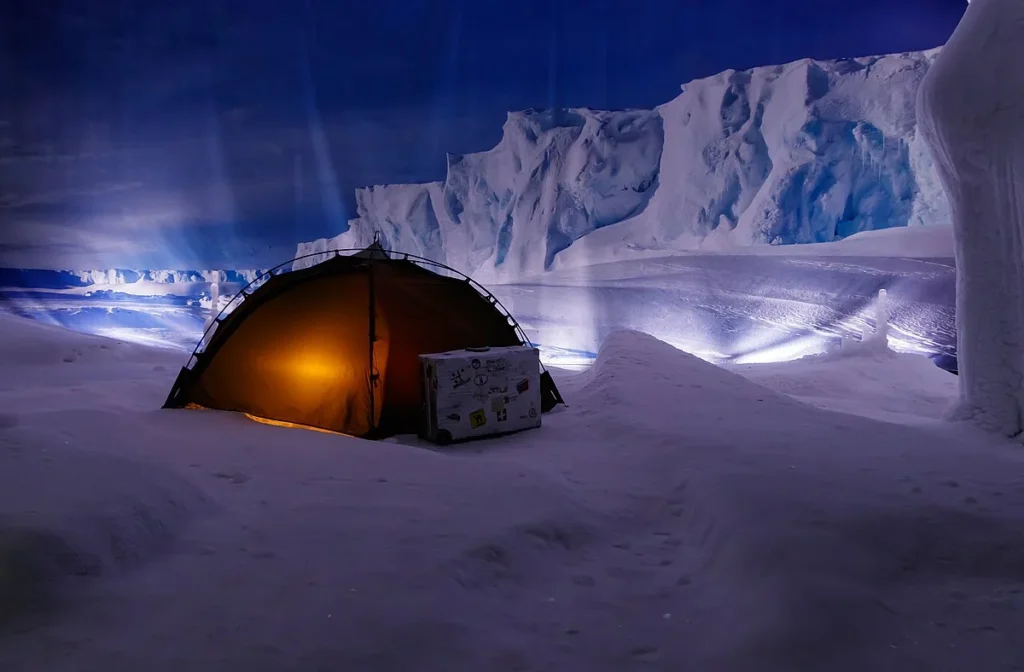
Yes, you can camp overnight on the continent. Just you, your sleeping bag, and the quietest place on Earth.
Camping in Antarctica (Yes, It’s Possible)
This is the most immersive way to feel the continent’s silence. No tents—just bivy bags, thermal liners, and the crunch of snow under your sleeping mat. And no, it’s not unbearable—it’s magical.
What It Includes:
- Overnight stay on the continent (usually on an island near the peninsula)
- Top-of-the-line camping gear provided
- Accompanied by safety experts and naturalists
- No meals onshore (you eat on the ship before and after)
Cost:
- $250–$350 USD per person (usually as an add-on)
- Available on cruises like Oceanwide Expeditions, Quark, and Albatros Travel
Availability:
- Spots are extremely limited (10–30 people max), so book early when reserving your cruise.
Cold Tip: Use disposable foot warmers in your sleeping bag for toasty toes.
Iceberg Photography Workshops
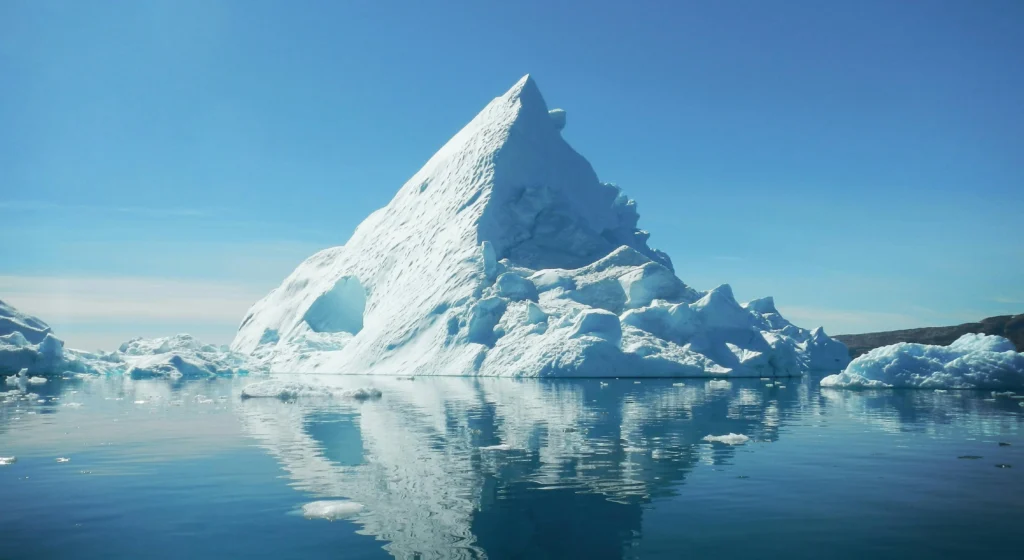
Some expeditions include photo guides who teach you how to capture light, texture, and wildlife in the icy wild.
Antarctica Photography Workshops
Antarctica is a dream destination for photographers, and many cruises offer guided photography programs led by National Geographic-level pros.
What to Expect:
- Golden-hour zodiac shoots
- Instruction on polar light, reflections, and wildlife composition
- One-on-one critique sessions on board
- Help with gear, drones (where legal), and stabilization in extreme cold
Operators That Offer Photo Workshops:
- Lindblad Expeditions with Nat Geo photographers
- Hurtigruten Expeditions
- Polar Pioneer & Ocean Endeavour (smaller ships = better access)
Gear Tip: Bring a DSLR or mirrorless camera, extra batteries (they drain fast), and waterproof cases. Some cruises offer rental gear.
Pro Tip: Look for itineraries during late season (Feb-March) when soft evening light is perfect for capturing surreal seascapes and iceberg textures.
Budget Summary for These Unique Experiences
| Experience | Price (USD) | Booking Tip |
|---|---|---|
| Citizen Science Projects | Usually included in select cruises | Book with science-affiliated operators |
| Photography Workshop | $300–$600 (some included) | Join expeditions with onboard photo guides |
| Camping Overnight | $250–$350 | Reserve this add-on early during booking |
Quick Antarctica Itinerary Sample (Fly-Cruise Style)
Day 1: Arrive in Punta Arenas, Chile or Ushuaia, Argentina
Day 2: Fly to King George Island, board expedition ship
Day 3-5: Landings at Half Moon Island, Paradise Bay, Deception Island
Day 6-7: Zodiac rides, iceberg kayaking, wildlife photography
Day 8: Return to mainland
Final Thoughts: Should You Go?
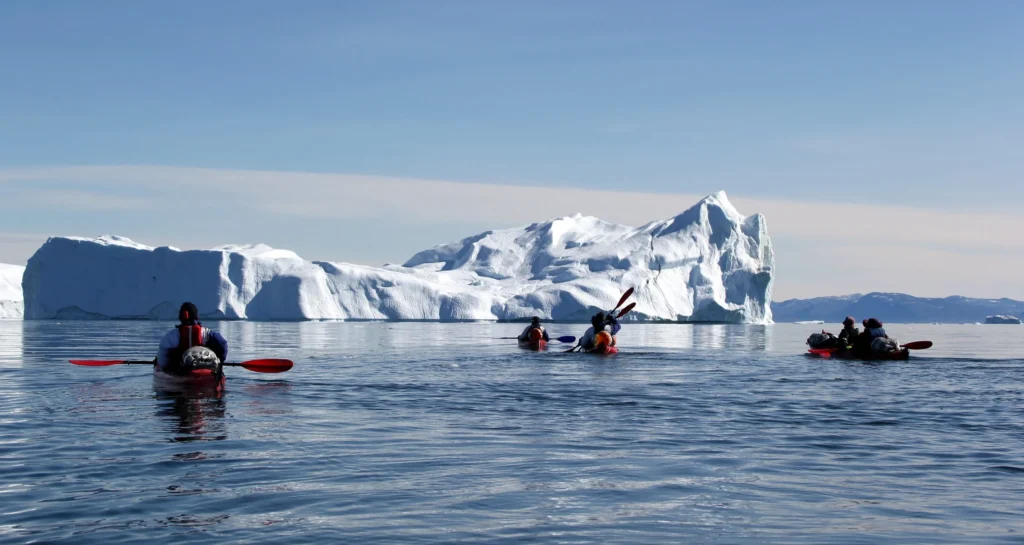
If you’re seeking silence, otherworldly beauty, and a glimpse of Earth as it was millennia ago, Antarctica is calling. It’s not just a destination, it’s a transformation. You return home changed—humbled, awed, and inspired.
Whether you’re camping in subzero silence, tracking whales with scientists, or capturing penguins in golden light, these add-ons turn a once-in-a-lifetime trip into a once-in-a-soul experience.
Antarctica is a bucket-list trip that demands respect, planning, and passion. But once you’re there, staring at a wall of blue ice or locking eyes with a curious seal, you’ll know it was worth every mile.
Ready to go off-grid in the most spectacular way? Pack your spirit of adventure—Antarctica awaits.

